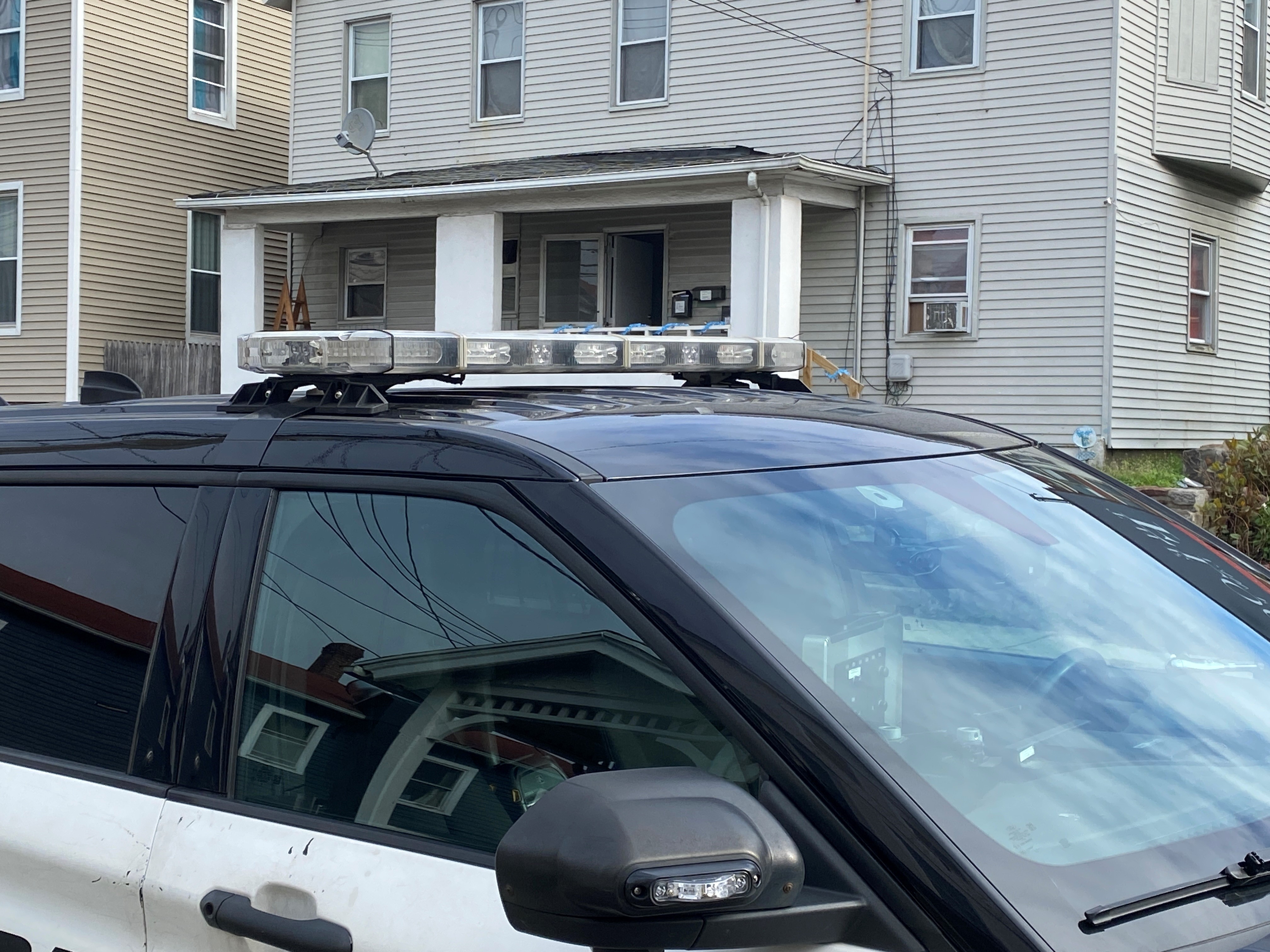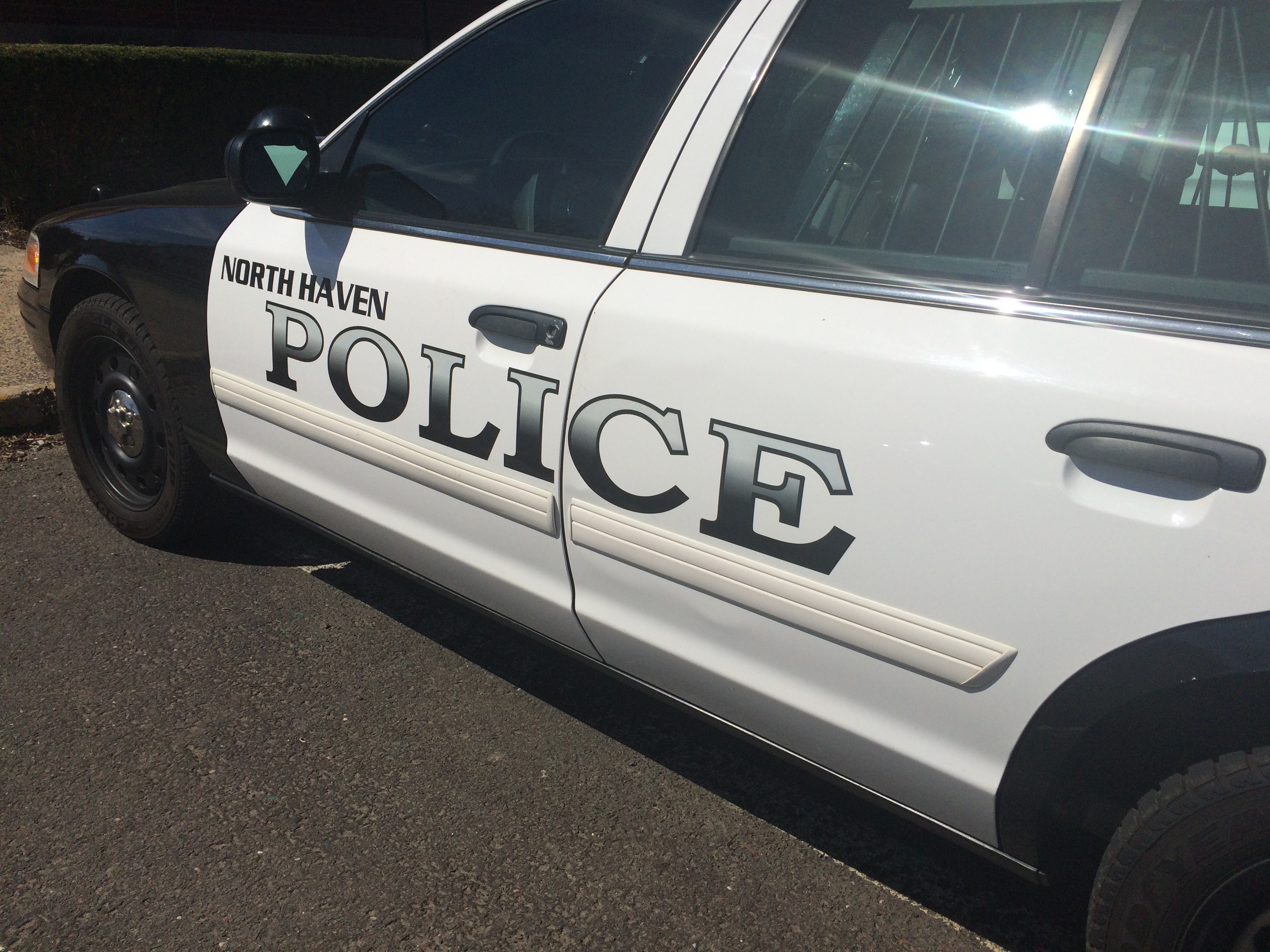Although football is still the top boys sport at high schools across the country, fewer students are playing, according to the National Federation of High School Associations (NFHS), which tracks sports participation.
Data provided by the NFHS show 1,036,842 students participated in 11-player football during the 2017-2018 school year, a 2 percent decline from the year before.
Since 2009, high school football participation is down 7 percent nationwide. There’s been an even bigger decline in Connecticut.
According to the NFHS, football participation in Connecticut high schools peaked during the 2009-2010 school year, when 10,815 players took the field. Last year, participation numbers reached their lowest in a decade, at 9,241, representing a 13 percent drop.
Heightened awareness about the long-term effects of repeated head injuries may be a big reason why.
if("undefined"==typeof window.datawrapper)window.datawrapper={};window.datawrapper["MR5UU"]={},window.datawrapper["MR5UU"].embedDeltas={"100":553,"200":526,"300":499,"400":472,"500":472,"700":472,"800":472,"900":472,"1000":472},window.datawrapper["MR5UU"].iframe=document.getElementById("datawrapper-chart-MR5UU"),window.datawrapper["MR5UU"].iframe.style.height=window.datawrapper["MR5UU"].embedDeltas[Math.min(1e3,Math.max(100*Math.floor(window.datawrapper["MR5UU"].iframe.offsetWidth/100),100))]+"px",window.addEventListener("message",function(a){if("undefined"!=typeof a.data["datawrapper-height"])for(var b in a.data["datawrapper-height"])if("MR5UU"==b)window.datawrapper["MR5UU"].iframe.style.height=a.data["datawrapper-height"][b]+"px"});
Casey Cochran, a former two-time Connecticut State Player of the Year, gave up football during his sophomore season at the University of Connecticut because of concussions.
Local
“When I first left football, I think I counted around 12 concussions,” Cochran said.
Cochran said his last concussion was especially difficult.
“I opened my eyes with an immediate headache, all those emotions I didn't have before just because your body is in trauma," he said.
Cochran believes the head injuries worsened his depression and anxiety in the first year or two after leaving the sport, and worries about his well-being in the long run.
Tamika Holley thinks the sport is safer now for her 13-year-old son Michi than it was when Cochran was playing.
“I think the reinforced helmets, having the EMT, having the trainers there, definitely make a parent much more at ease," Holley said.
Still, the Meriden mom tracks Michi’s every move on the field, and said she’s seen him take enough hits to know when something’s wrong.
“So if I see him getting up slow, I'm hollering at the coaches saying hey, pay attention," she said.
That’s exactly what parents should do, according to Dr. Anthony G. Alessi, MD, who heads up the NeuroSport Program at UConn Health.
"What I look for is change in behavior. More difficulty in school. Sleeping too much or too little. Being more irritable. Holding their head," he said.
The Connecticut State Department of Education told NBC Connecticut school districts are reporting fewer concussions, which may be another result of increased awareness and education.
The data for the 2017-2018 school year are still being analyzed, but a spokesperson said, “The total number of concussions reported in the 2018 school year is down by a few hundred occurrences from the prior year, continuing a downward trend.”
Approximately 31 percent of all reported concussions occurred during Interscholastic Athletics, which is consistent with previous years, according to the spokesperson.
For the first time, the Centers for Disease Control and Prevention (CDC) issued guidelines for diagnosing and treating youth concussions, more commonly referred to as mild traumatic brain injuries (mTBI) in the medical field.
The CDC says in most cases, children with suspected mTBI do not need a CT scan or MRI.
“So each child needs to be assessed individually by a qualified medical provider. That’s really the key to this,” said Dr. Alessi.
The guidelines also say mTBI patients need no more than two to three days of rest before returning gradually to non-sports activities.
Dr. Alessi believes limiting contact for younger athletes could help cut down on sports-related concussions.
“Youth hockey is the only sport where we have demonstrated a decline in concussions. And that all came on when the rules changed, in that you cannot have contact until reaching the level of 13 or 14 years old,” he said.
Casey Cochran says even with rule changes and concussion protocol, more needs to be done to protect players.
"It's a cultural change that needs to happen that hasn't happened yet," he said.
Cochran says working with his hands has helped heal his mind. After quitting football, Cochran got his master’s degree and spent some time writing and speaking on the subject of football-related concussions.
He also plans to donate his brain to the CTE Research Center at Boston University.



